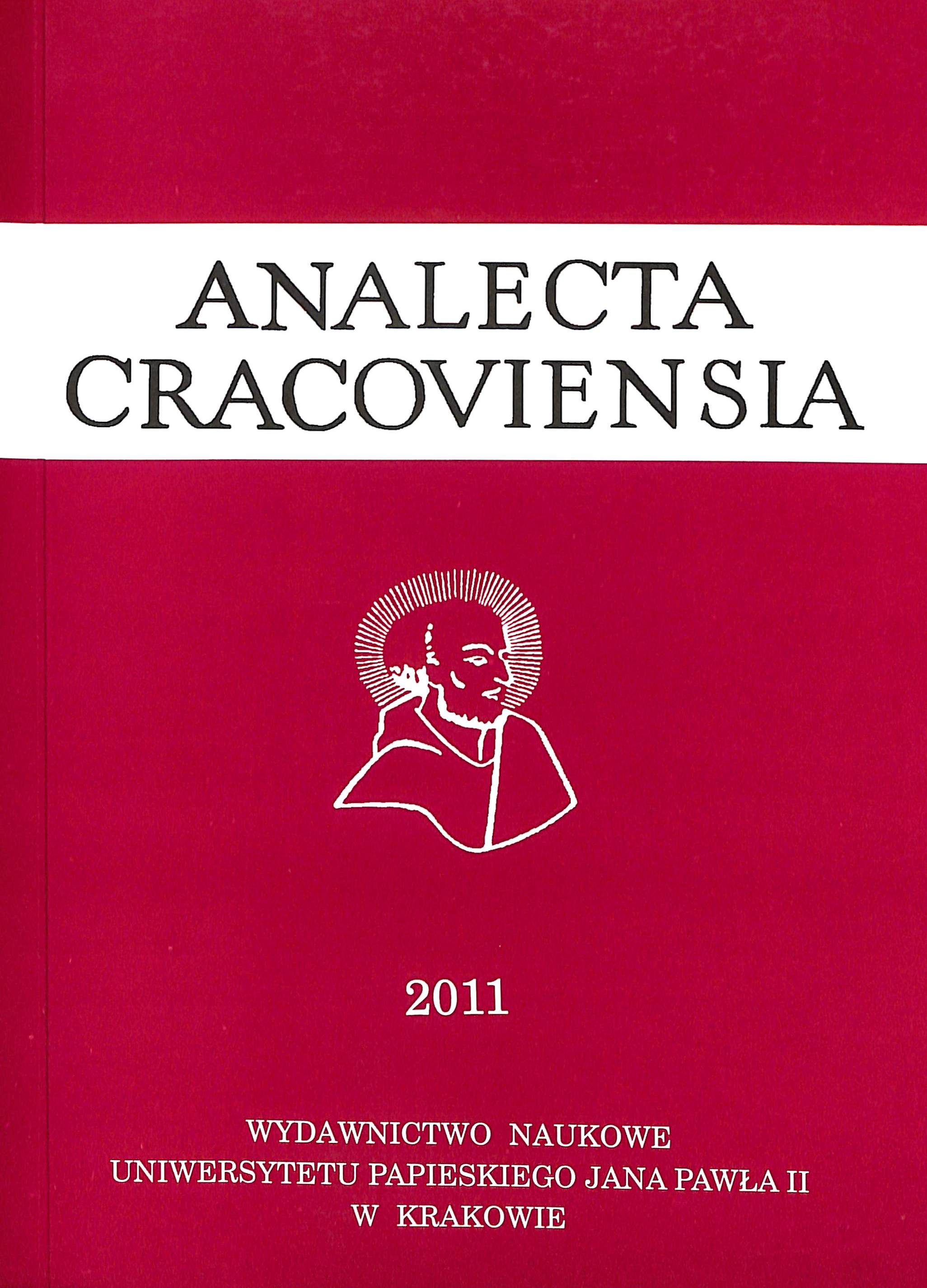Exegetical and Theological Implications of ίερόν and ναός in Mark 11-15
DOI:
https://doi.org/10.15633/acr.4312Keywords:
New Testament, biblical exegesis, Passion of Christ, Greek, biblical studiesAbstract
The analysis undertaken by the author of this article aims at the presentation of mutual exegetical – theological implications of the usage of ίερόν and ναός in Mk 11-15. The objective of the research carried out in this article is to find an answer to the following question: Has the theme of the temple during the Passion of Christ been presented by Marc from a new perspective and if so then to what extent. The problem whether the usage respectively of ίερόν and ναός is just a reference to the setting has also been taken into consideration. In his research the author has come to a conclusion that the theme of ίερόν and ναός in Mk 11-15 has not been presented by Marc as the essential part of the chapters in question. But at the same time the theme of the temple in the second Gospel helps the reader to notice and to understand the role and significance of the Messiah, the Son of God. That is why St. Marc has not abandoned the theme of the temple in his description of the Passion of Christ but continues it discreetly until he comes to the heart of it which is also the heart of the Gospel – the cross. The author comes to a conclusion that in Mk 11-15 there is a distinct and contrasting difference between ίερόν and ναός but simultaneously each term used by the evangelist in its proper context renders the meaning and sense in a very precise way, just as the context of the Gospel narrative would require. St. Marc does it in a very coherent and conscientious way – much better than other evangelists or classical Hellenic authors do.
Downloads
Published
Issue
Section
License
Copyright (c) 2011 Mieczysław Mikołajczak

This work is licensed under a Creative Commons Attribution 4.0 International License.
Authors who publish with this journal agree to the following terms:
- Authors retain the copyright and full publishing rights without restrictions, and grant the journal right of first publication with the work simultaneously licensed under a Creative Commons Attribution 4.0 International License that allows others to share the work with an acknowledgement of the work's authorship and initial publication in this journal.
- Authors are able to enter into separate, additional contractual arrangements for the non-exclusive distribution of the journal's published version of the work (e.g., post it to an institutional repository or publish it in a book), with an acknowledgement of its initial publication in this journal.
- Authors are permitted and encouraged to post their work online (e.g., in institutional repositories or on their website) prior to and during the submission process, as it can lead to productive exchanges, as well as earlier and greater citation of published work (See The Effect of Open Access).

